- Empty cart.
- Continue Shopping
Yellow Jaboticaba
Original price was: ₹3,800.00.₹1,920.00Current price is: ₹1,920.00.
Genus : Pouteria
Enjoy the exotic flavors of Yellow Jaboticaba with our Yellow Jaboticaba Fruit Plant. This plant bears small, yellow fruits that are known for their sweet and tangy taste. The fruits can be eaten fresh or used in various culinary creations. Cultivate your own Yellow Jaboticaba Fruit Plant and bring a tropical twist to your garden.
Jaboticaba (Plinia cauliflora) is a fruit tree native to Brazil, but it is also commonly found in other countries in South America. The yellow jaboticaba is a rare variety of jaboticaba that produces yellow or golden fruit instead of the more common purple-black fruit.
The tree grows up to 15 meters tall, but it is usually smaller when grown in a garden or container. The leaves are glossy and dark green, and the tree produces small, white flowers that turn into clusters of fruit. The yellow jaboticaba fruit is round or oblong in shape and can range in size from a grape to a plum. The skin is thin and smooth, and the fruit has a sweet, juicy pulp with a distinctive flavor that is similar to grape, lychee, or guava.
The yellow jaboticaba is a slow-growing tree, but it can produce fruit in as little as three years from planting. It is a hardy tree that can tolerate drought and some frost, but it prefers a warm, humid climate. The tree is usually propagated from seeds or cuttings, and it can be grown in a garden or in a container as a patio or indoor plant.
The fruit of the yellow jaboticaba is highly nutritious and rich in antioxidants, fiber, and vitamins A, C, and E. It can be eaten fresh, made into juice or jelly, or used as a flavoring for desserts and other dishes. The tree is also valued for its ornamental qualities, as the fruit forms directly on the trunk and branches, giving the tree an unusual and striking appearance.
In summary, the yellow jaboticaba is a unique and attractive fruit tree that produces delicious and nutritious yellow or golden fruit. It is a hardy and slow-growing tree that can be grown in a garden or container, and it is valued for its ornamental and practical uses.


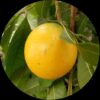
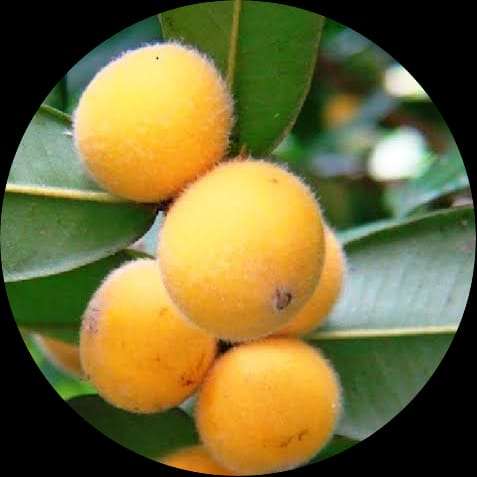


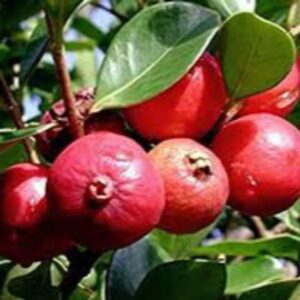
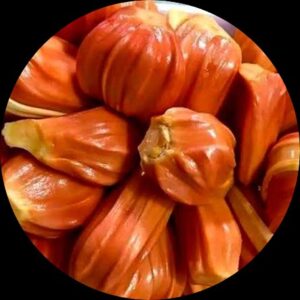
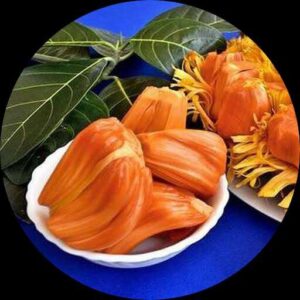




Reviews
There are no reviews yet.